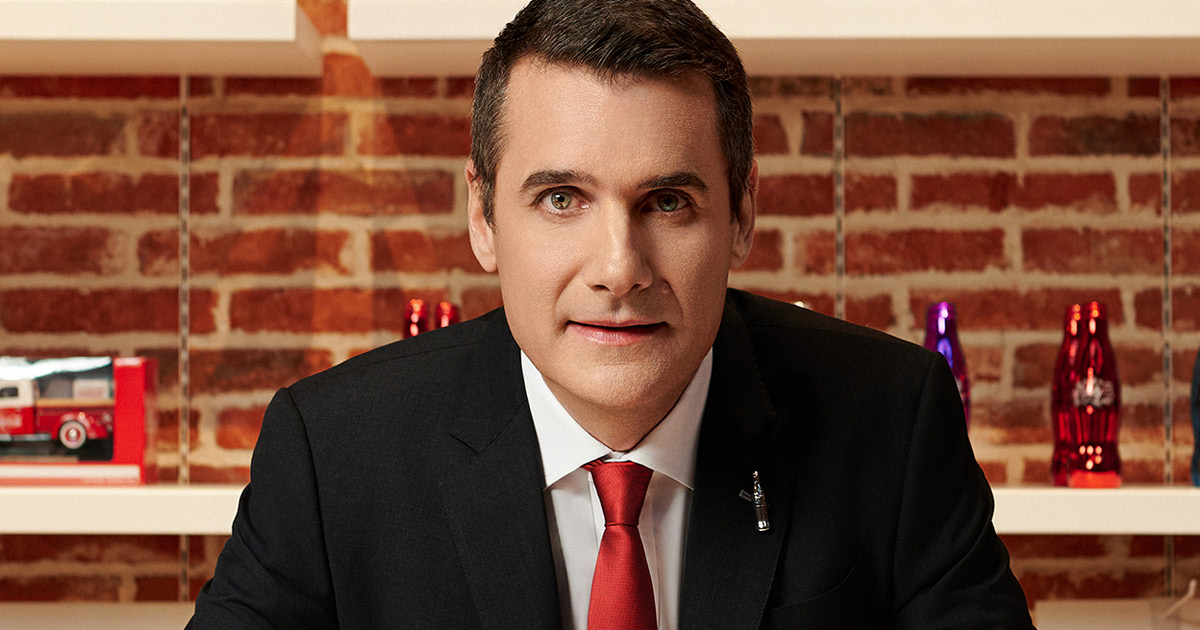As a well-traveled businessman, Gilles Leclerc has long found the Chinese market a fascinating one.
“You seldom have markets of this size where everything is basically happening in one single market,” he tells The CEO Magazine. “I would say that it’s hard to compare China with another single market. A fairer comparison would be to an aggregate of many other markets, because you can’t average China.”
The country’s sheer scale and the diversity of its demographics make it a unique operating environment for a big-name brand like The Coca-Cola Company, where Leclerc is President for Greater China and Mongolia, a role which he stepped up to in January 2023.
“We love the fact that there are great challenges in this market and great opportunities as well. China continues to be one of the most – if not the most – competitive market in our industry,” he says.
“We have all the best global players in our industry that are here competing, growing and raising the bar. Also local players and local competitors are getting more sophisticated and are bringing new opportunities and new challenges.
“And I think all of that makes it for a very exciting marketplace.”
Fierce competition within the beverage category doesn’t daunt him; rather, it spurs him on. “It means that our category remains extremely attractive,” he says.
On a Mission
Globally, the Coca-Cola vision is clear, Leclerc says: “to refresh the world and make a difference”.
“In China we are particularly proud about all of the programs and the work that we do around those points,” he expands.
“Once again, everything that we do starts with the consumer. Therefore, the type of interaction that we have, whether it’s our involvement in charity, sports or entertainment, comes from our understanding about the needs of the consumers and our own brand DNA.”
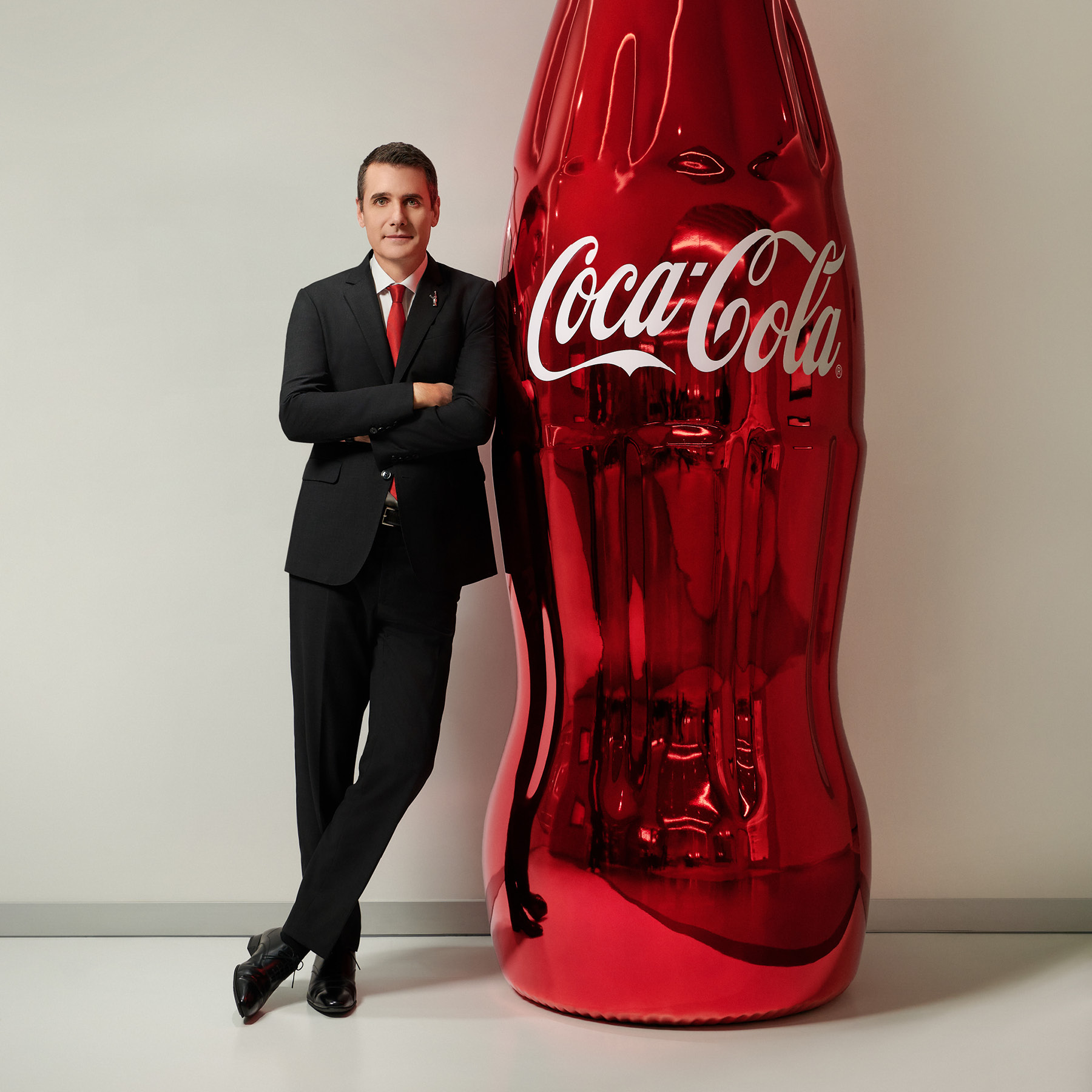
“We have global brands, but we really tailor those to local needs.”
With more than 200 brands worldwide under the Coca-Cola umbrella, different brands do this in different ways – some are more focused on entertainment or sports, while others are catering to specific needs within Chinese society.
“We have global brands, but we really tailor those to local needs,” he stresses. “And we have brands that actually originated 100 percent from China, 100 percent made in China. So we’ll continue to find that right balance.”
Since re-entering the market in 1979, Coca-Cola has invested more than US$13 billion and has employed more than 49,000 people across the country.
“In addition to that, more than 98 percent of our raw materials is sourced locally,” he adds.
Local Approach
As part of this market approach, Coca-Cola has tweaked its Chinese brand to be pronounced kěkǒukělè, which translates in Chinese as “to permit the mouth to be able to rejoice”. And with Coca-Cola repeatedly named one of China’s fastest growing brands over the last few years, it is clear these efforts are striking a chord.
“As we strive to become a total beverage company, we can use the insights that we have from Chinese consumers and draw from our portfolio of global brands to import beverages that perfectly cater to local needs,” Leclerc says.
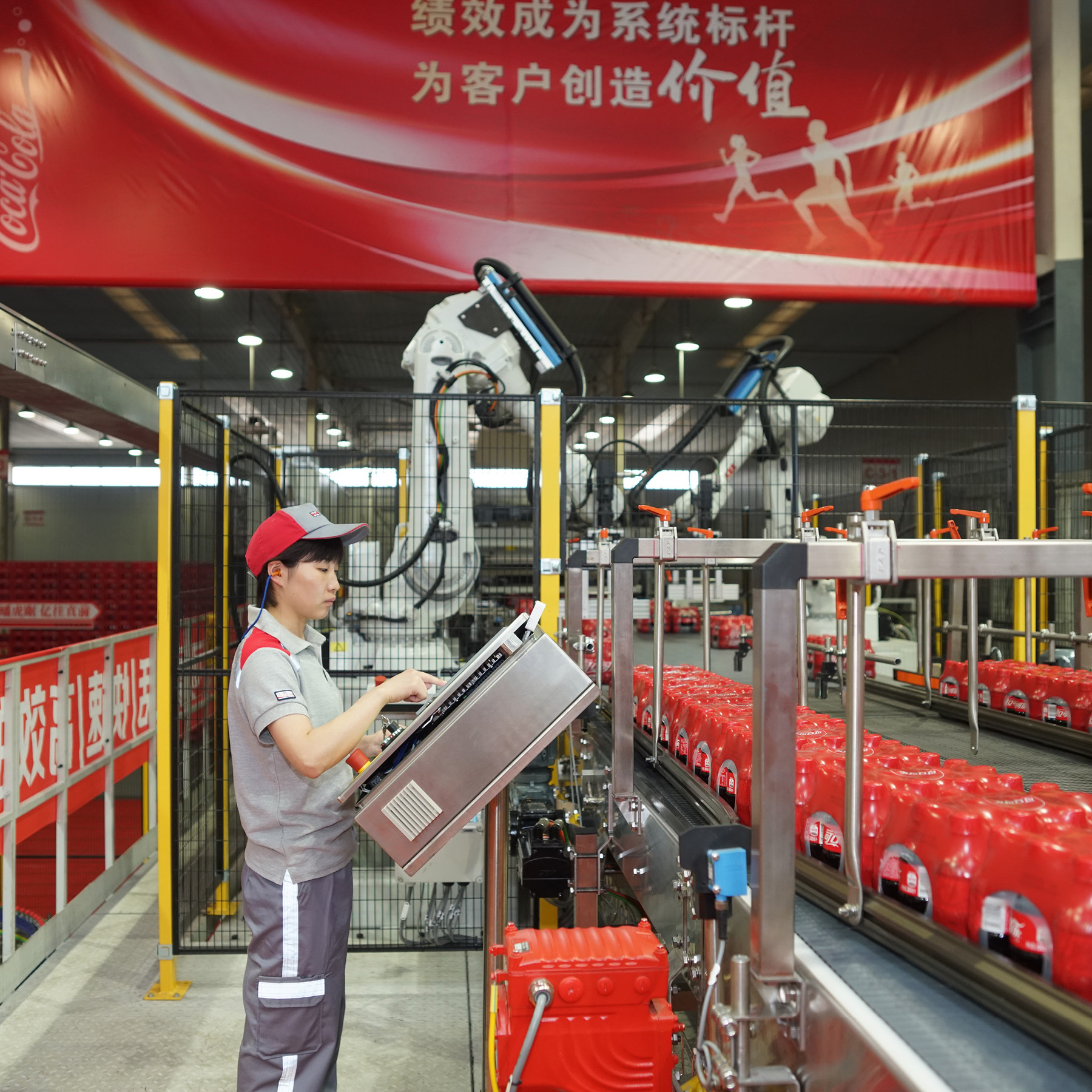
Among its local initiatives is the creation of Minute Maid Pulpy within the nutrition, juice, dairy and plant-based beverages category, which Leclerc explains was “created in China for the Chinese”.
“We are really looking forward to keeping that great balance of always keeping a finger on the pulses of the consumers, bringing them what we feel are the brands that they would love most, as well as investing in our R&D department to constantly see if we can create more of the brands that would resonate well from scratch here in China.”
These efforts will help develop Coca-Cola’s China operation into a force within the organization, according to Leclerc. Furthermore, by drawing on best practices across the 200 plus markets it operates in globally, it can set its own standards of excellence that it can then export around the world.
The Perfect Blend
Leclerc began his career in France, in a sales center with The Coca-Cola Company’s European bottler, where he replenished shelves of supermarkets with its products.
“I’m actually very thankful for that,” he reflects. “I do believe that it’s critical, even more so in a franchise model like ours, to understand the business end to end. So for me, starting as a bottler in operations, was really a blessing and it has helped me throughout my career – thinking about the company on one side and its bottling partner on the other.”
In 2008, he moved to China as the General Manager for key customers in Shanghai, and he remained there for seven years, gaining valuable local expertise and a deep appreciation for the bustling metropolis in the process.
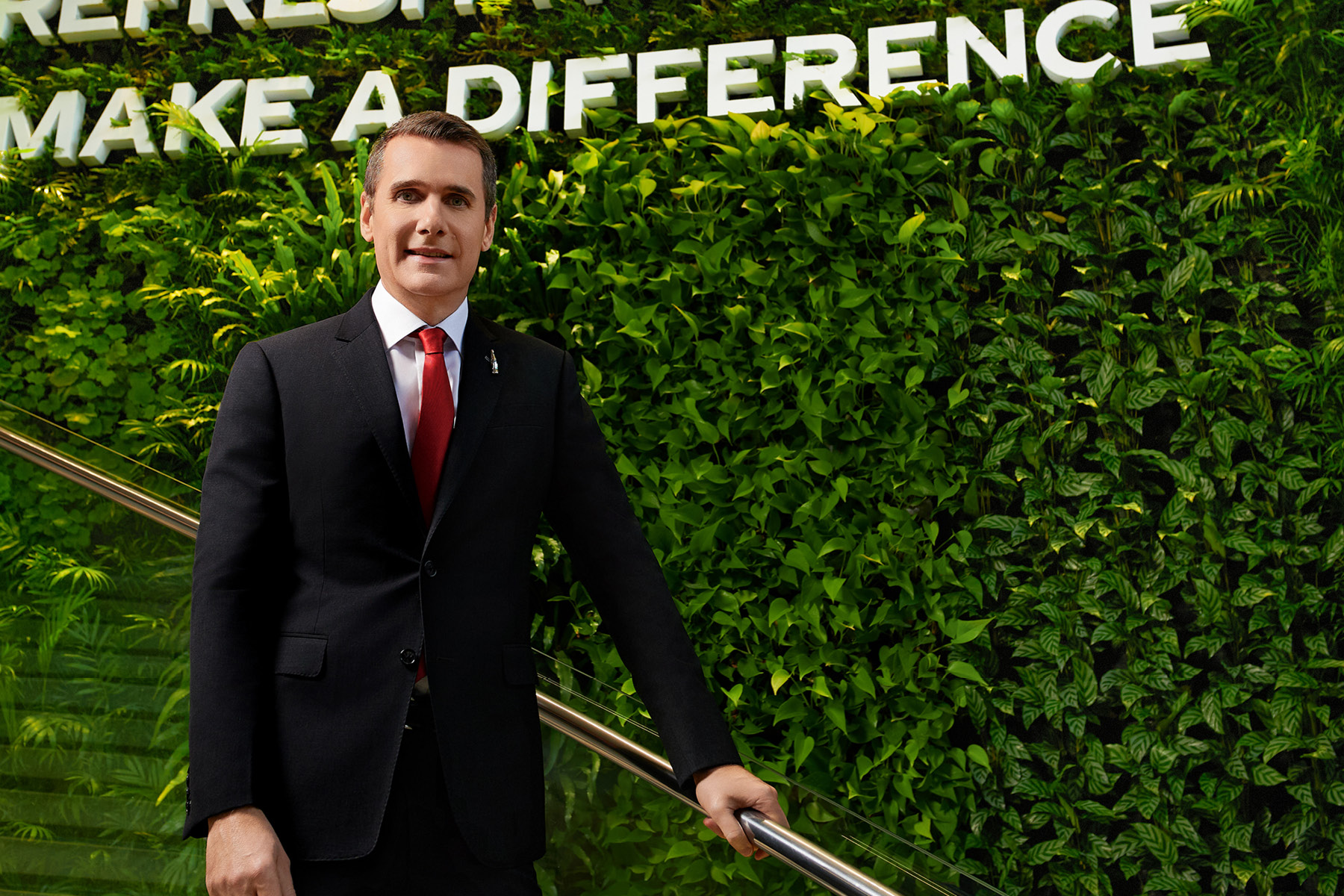
“I do believe that it’s critical, even more so in a franchise model like ours, to understand the business end to end.”
“It just really resonated with me. It was an incredible learning experience both professionally and personally, especially coming from Europe, such a dynamic market and incredible people as well,” he recalls.
His then took a role at the Coca-Cola headquarters in Atlanta, United States, where he oversaw around 100 markets and gained valuable global experience.
When he was offered a return to Shanghai to help build on Coca-Cola’s already strong regional presence, his affection for China and his local and global expertise made him the perfect candidate.
“When all the stars lined up and the company asked me to come back, I did not hesitate and was very happy to be back.”
No End in Sight
“We have very solid foundations here,” Leclerc says. “We have a great portfolio of brands that we can capitalize on and we want to strengthen our leadership position in the non-alcoholic ready-to-drink category, as well as accelerate our growth momentum.
“So, I think that the strategy is simple – grow our core business. We are very excited about that because the sparkling category, which is our core business, remains an attractive category throughout the world and here in China.”
With huge brands like Coca-Cola, Sprite and Fanta in its stable, the company plans to tap into this growing demand and have more people experience its products, with Leclerc describing the opportunities as limitless.
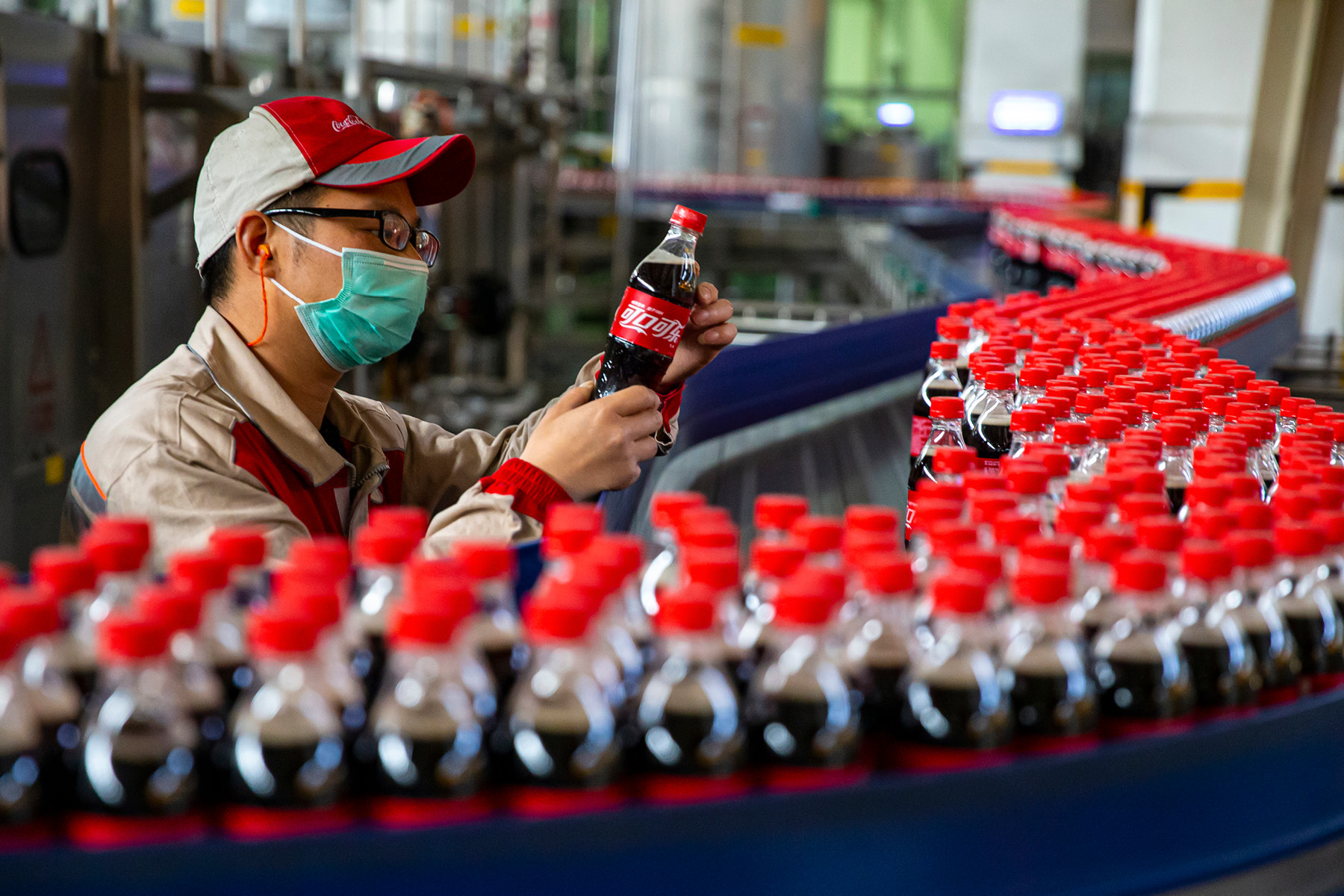
“In a nutshell, we want to continue to provide great quality, great tasting products and choices to consumers,” he continues.
In addition to its core offering, Coca-Cola plans to focus on offering greater choice to its increasingly health-conscious consumers, with lower sugar or no-sugar beverages and vitamins all part of the plan.
“We want to continue to listen to our consumers,” Leclerc says. “They will ensure that we always raise the bar and that we are driving innovation.”
A Shared Future
Building and nurturing a vibrant network is fundamental to Coca-Cola’s local success too, and it’s an undertaking Leclerc takes on with relish.
“We work hand in hand with our partners across the spectrum – customers, local governments, industry associations and more – and that again enables us to keep our finger on the pulse of the market and evolve accordingly,” he says.
“We love to work with external partners and we want to continue to make a positive impact in the communities that we serve. Without partnering with them, I don’t think we can achieve any of that.”
These include smaller local players as well as global forces such as McDonald’s and, of course, its bottling partners like Swire Coca-Cola and COFCO Coca-Cola. In 2023, Coca-Cola opened a new plant in Kunshan – an investment of US$279 million. This followed the opening of its 46th plant in Guizhou the year before, with an annual production capability of around 300,000 metric tons.
“These partners are absolutely paramount to realize our long-term commitment to the China market by expanding that supply chain investment and meeting the growing demand of our consumers more efficiently,” Leclerc says.
Close communication and consistent engagement with all these partners has enabled Coca-Cola to settle upon the right portfolio and strategy for the market, although Leclerc stresses that this is being constantly modified.
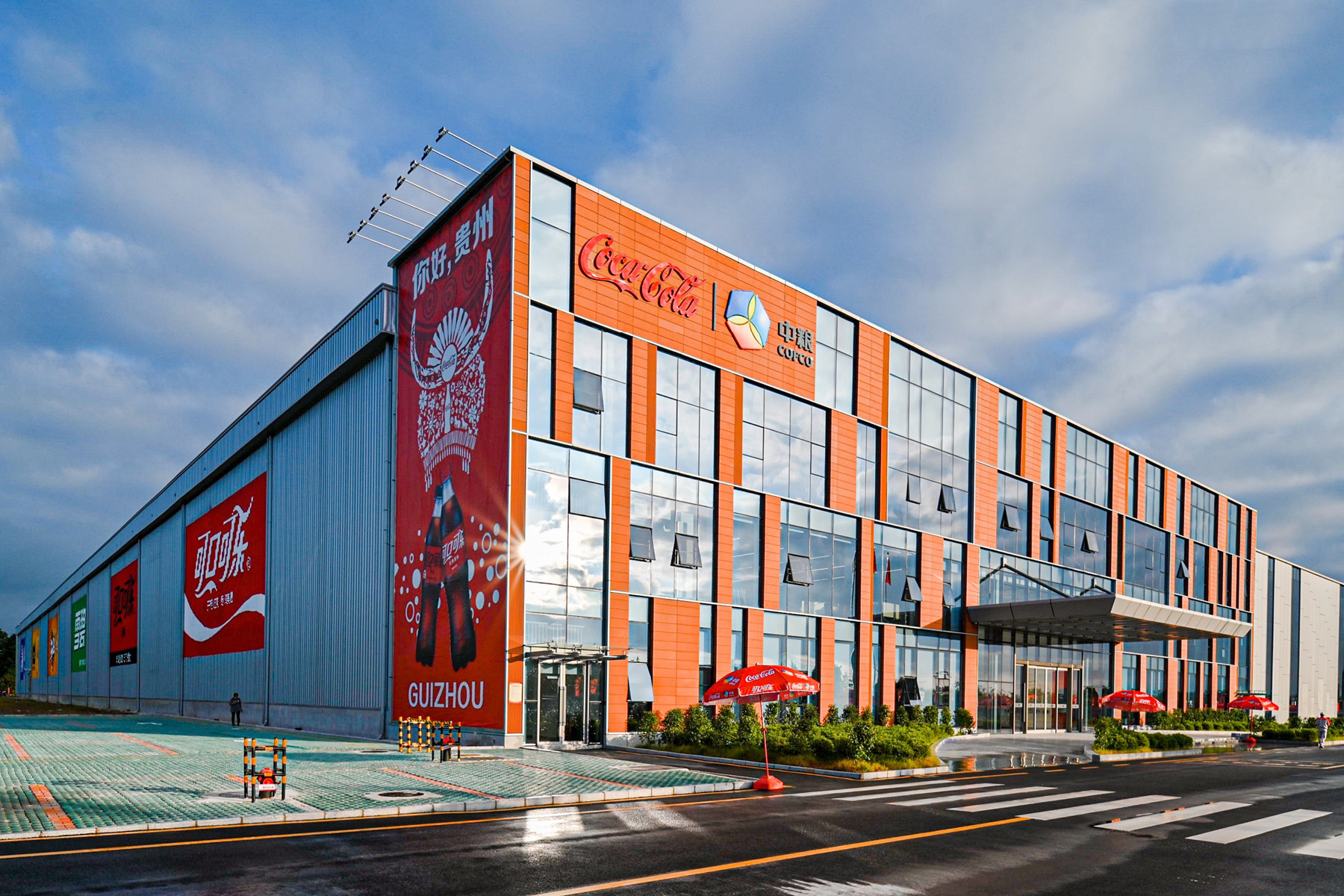
“We love to work with external partners and we want to continue to make a positive impact in the communities that we serve.”
He describes it as a “constant circle of listening, understanding, working hand in hand and then tailoring our portfolio, our execution strategy, our marketing strategy, our supply chain strategy as well as our sustainability strategy”.
“And of course, one key element is to continue to keep and build capability for our associates because of this constant change and evolution in the marketplace,” he adds.
Expansion of this valuable network is a high priority for Coca-Cola going forward, with the addition of more partners including national governments, local governments, civil societies, industry peers as well as international organizations that focus on community and sustainability initiatives as it works towards a goal of a “better shared future”.
“Our sustainability initiatives, the second part of the vision of really refreshing the world and making a difference, are interconnected and so are the solutions that we support,” Leclerc says. “So we do see an exponentially greater impact by fostering collective action and partnership.”
Future Focused
With Coca-Cola’s mission to achieve positive change in the world in mind and a recognition of the growing need to build a more sustainable future for the planet, Leclerc is working tirelessly to integrate the company’s sustainability agenda into every facet of its strategy.
Water security is one such area, with Leclerc highlighting it as a top priority for the business.
“It’s a principal ingredient in the products that we make and it’s critical for the agricultural products that we use,” he explains. “So through the 2030 Water Security Strategy that we announced in 2021, we are focused on achieving water security where the company operates and sources its ingredients, concentrating on water stressed areas while maintaining 100 percent replenishment globally.”
Coca-Cola has been working on this in China since 2007 with almost 50 projects undertaken that involve water source protection.
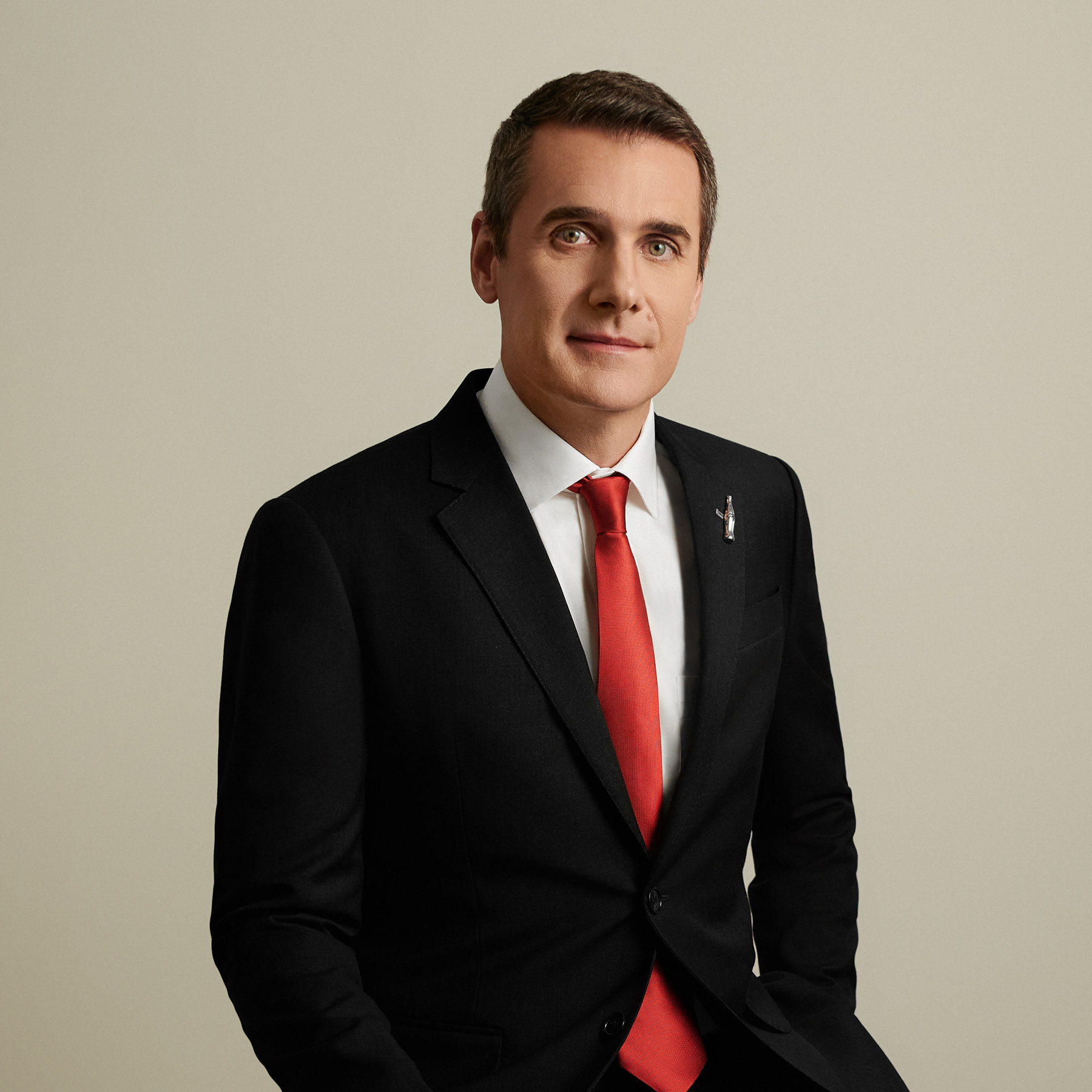
Sustainable packaging is another key concern, with the company seeking to drive change through a circular economy for its packaging. Coca-Cola launched the global World Without Waste initiative in 2018, with the aim of making 100 percent of its packaging recyclable globally by 2025, collecting and recycling a bottle or can for each packaged item it sells.
“We are striving to use at least 50 percent of recycled material in our packaging by 2030,” Leclerc says, adding that the concept was really put to the test during the Beijing Winter Olympics of 2022, where Coca-Cola showcased their “Recycle Me, See You Again” message.
“Each time, we try to link our global ambitions and objectives to our local play.”
Another project, entitled Clean Water 24, highlights the critical role of communities in Coca-Cola’s sustainability efforts. The disaster relief initiative was launched with local partners back in 2013.
“Unfortunately what we see in disasters is that within the first 24 hours, safe drinking water is a lifeline for many,” Leclerc says.
“And so we strive to be there when it matters most with our approach to rapidly deliver drinking water to those that are greatly in need. As of September of 2023, we are proud to report that we responded to 328 disasters in China, bringing more than 23.6 million bottles of drinking water to more than 2.8 million people in need. This is something that we will continue to be absolutely focused on.”
Firm Foundations
It’s a long-term approach, and one that both Leclerc and Coca-Cola are deeply committed to, even when faced with the slowing of Chinese economic momentum – something he is confident will rally in 2024.
“Our view and my view is that the next China is right here,” he reflects. “It will continue to be a very important growth engine for our business and we believe in the future here. So we are really committed to being here, growing here and being very sustainable here.”
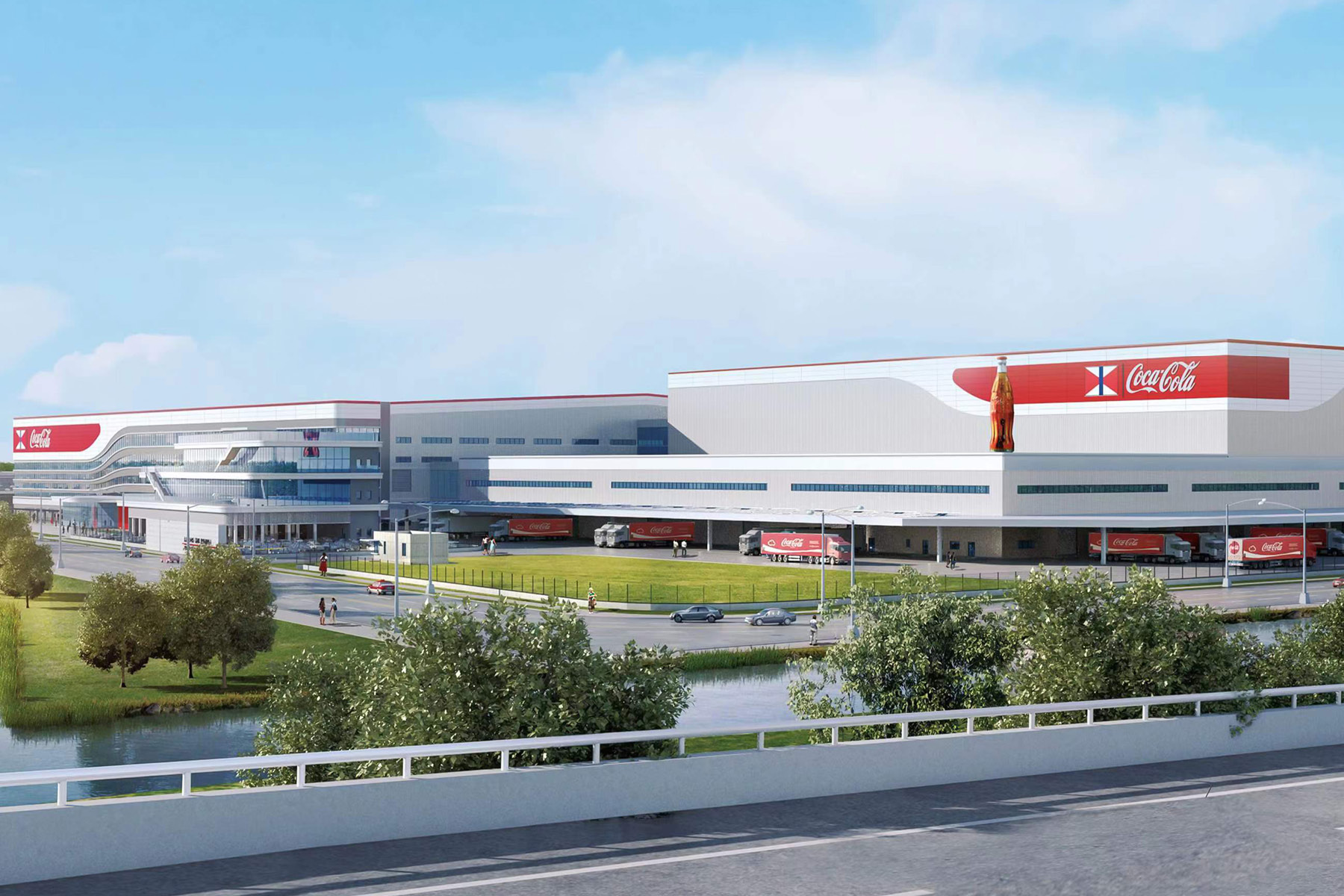
“The next China is right here.”
With so much opportunity at hand, even the challenges present the company with the impetus to evolve and improve.
“We love the excitement around our categories and we can always make those categories more attractive,” he says. “And there are a ton of opportunities moving forward that we see.”
“So it’s very, very important for us to keep on investing and focusing on this market that we feel has a lot of potential moving forward.”


